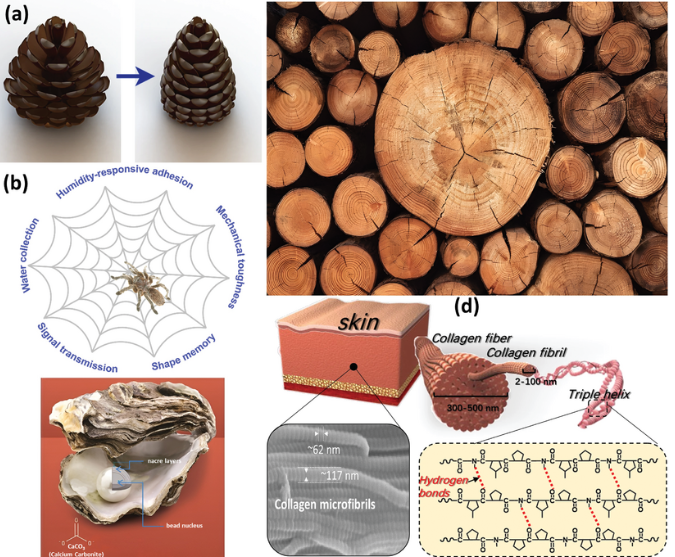The Role of 3D Printing in Sustainable Development
- garry9907
- Jun 29, 2023
- 2 min read
Introduction: The Future is Green and Innovative
The rise of 3D printing technology has marked a revolutionary shift in numerous sectors across the globe. As we explore the connection of 3D printing to sustainable development, we touch upon a compelling topic that resonates deeply with today's environmentally conscious world. From construction to fashion, 3D printing's impact is undeniably transforming the way we view sustainability.
3D Printing: Paving the Way for a Sustainable Future
3D printing, or additive manufacturing, is a technology that builds three-dimensional objects layer-by-layer from a variety of materials. It's no longer just about creating models or prototypes; today's 3D printing advancements are fostering sustainability in ways we could only dream of a decade ago.
Decreased Waste, Increased Efficiency
3D printing's unique method of production helps reduce waste significantly, a sharp contrast to traditional manufacturing methods. Traditional manufacturing often involves subtractive processes where material is removed from a larger block, resulting in substantial waste. 3D printing, on the other hand, adds material only where it's needed. This efficient use of resources is not only economically beneficial, but it also contributes to environmental conservation—a crucial aspect of sustainable development.
Driving Innovation in the Recycling Sector
Recycling is a significant challenge that the world faces today, especially with plastic waste. However, 3D printing is revolutionizing recycling, turning it into a resourceful process. A recent report from CBC highlights how Canadian company, ReDeTec, is turning plastic waste into 3D printable filament. Their innovative device, "ProtoCycler," grinds, melts, and extrudes used plastic into a 3D printer-ready material, illustrating how 3D printing can drive a circular economy.
Building Sustainable Infrastructure
3D printing is also making strides in the construction industry, creating structures with significantly less waste and in less time. A recent project by Twente Additive Manufacturing, a Canadian company, unveiled a 3D printed concrete home with a design aimed at reducing heat loss, demonstrating how the technology can support energy efficiency and sustainable living.
A Catalyst for Local Manufacturing
Global shipping and its associated carbon footprint is a key challenge for sustainability. By enabling local production of goods, 3D printing reduces the need for transportation and the associated emissions, aligning with Canada’s commitment to reducing its greenhouse gas emissions as part of the Paris Agreement.
Conclusion: A Sustainable Future with 3D Printing
As we've seen, 3D printing holds immense potential in steering our world towards sustainable development. By reducing waste, fostering innovation in recycling, facilitating energy-efficient construction, and encouraging local manufacturing, 3D printing plays a pivotal role in shaping a sustainable future. However, it is crucial that we continue to develop this technology responsibly, considering all environmental, economic, and social impacts to ensure truly sustainable progress.




Comments